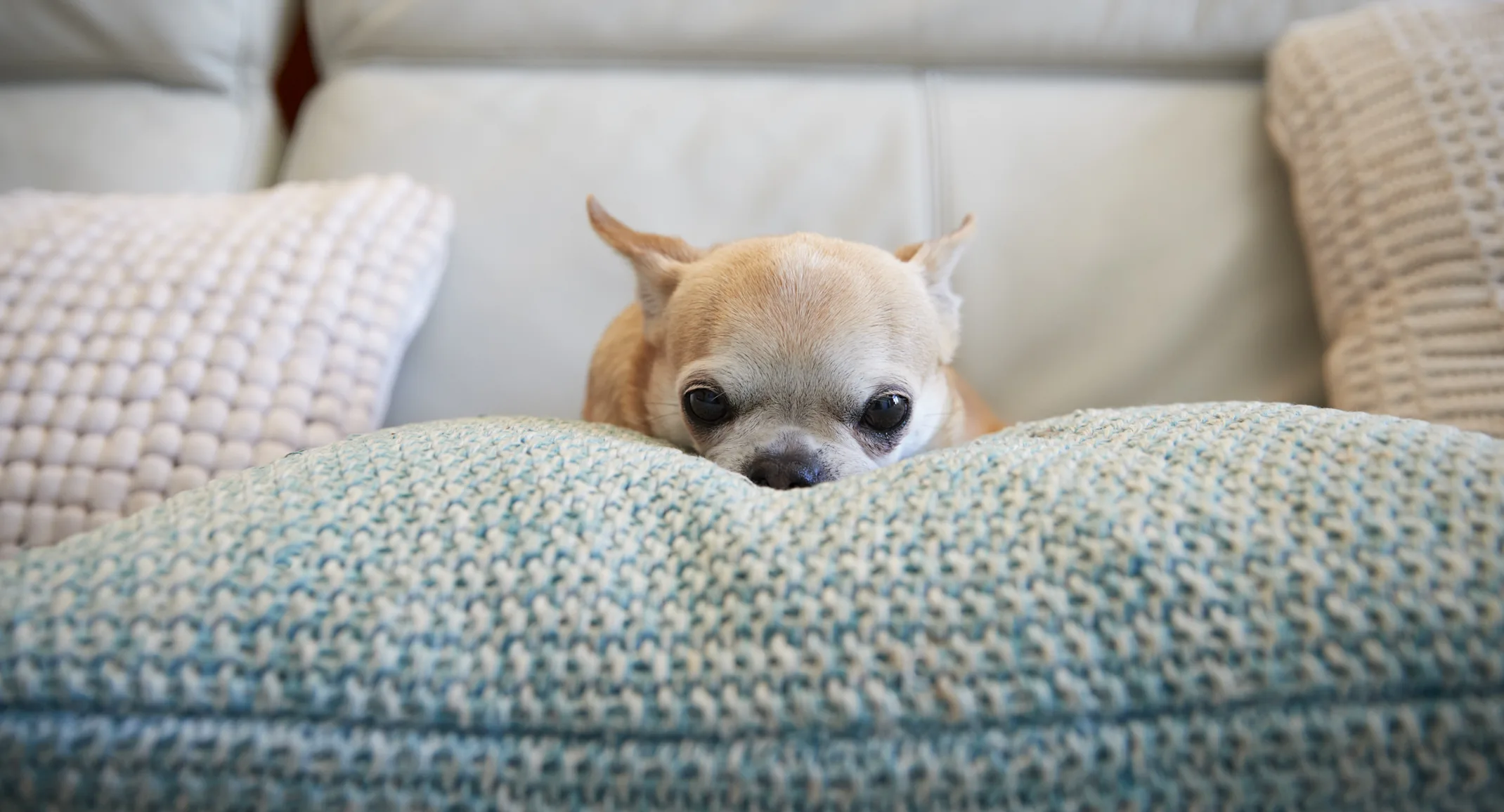Why Does My Dog Scoot?
General

Have you ever noticed your pet scooting their bottom on the ground? It’s not just yours. This is actually a common problem with some dogs, and occasionally cats, and there are several causes for this behavior. While some people automatically worry that their pet may have worms, scooting is very rarely caused from intestinal parasites. More often they are scooting from anal sac accumulation.
Dogs and cats have glands around their anus with a sac on either side of the opening called anal sacs. They secrete a smelly liquid with each bowel movement as a way for the animal to mark its territory. When these sacs fill up to the point that they are uncomfortable, the pet may scoot or lick in an attempt to relieve the pressure. Anal sacs can also become infected when bacteria are introduced.
If your pet has had diarrhea or loose stool, expression of the anal sacs may be needed as the stool has simply not been bulky enough to promote normal expression of the sacs. Increasing the fiber content of the animal’s diet may help bulk up the stool and make each passage more likely to apply pressure and keep the sacs emptied on their own. We suggest adding a tablespoon of canned pumpkin to each meal or a small amount of green beans as a healthy and fiber filled snack.
Another cause of anal irritation is a food allergy. This can be tested by simply feeding a hypoallergenic diet for a minimum of six weeks with no other food or treats during this time. Many hypoallergenic diets are available and it is best to discuss with your veterinarian which diet is best for your pet. If your pet’s scooting problem is found to be nothing more than a food allergy, then feeding a hypoallergenic diet alone may be all your pet needs.
Fleas are often found around the rumps of dogs and cats too. These little pests can cause intense itching wherever they bite and can lead to not only scooting but also hair loss and skin inflammation of the rear end of the pet. Be sure to comb your pet thoroughly if they are scooting just to rule this possibility out.
Although some scooting may be normal, excessive scooting, painful looking anus, constipation or diarrhea issues should always be brought to your veterinarian’s attention.

